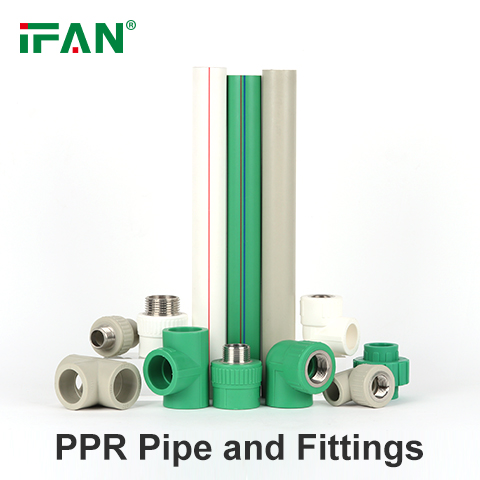The quality of the water pipes is the basis for whether the home improvement waterway can play an excellent role, and how to carry out the overall layout planning of the pipeline is also very important. A slight error may cause a lot of trouble. Zhejiang IFAN is not only committed to producing high-quality water pipe fittings but also tries its best to provide customers with suitable plumbing solutions. Today, IFAN is here to talk to you about a few things that should be paid attention to when laying household pipes.IFAN introduces Pipeline Layout Precautions for you.
This is our Instagram Website: www.instagram.com
Location
As for whether the water pipe should be laid on the top or the ground, it depends on the user's own considerations.
Layout
The most basic requirement for the layout of home improvement water pipes is "horizontal, horizontal and vertical". The advantages are: easy to install the elbow to ensure smooth water flow; easy to install other parts in the later stage; easy to protect the line pipe and later maintenance. is very necessary.
Spacing
Do not press the water pipe on the circuit pipeline, and do not put the water and electric pipes in the same slot, otherwise there may be a danger of electric leakage. The water and electricity should be placed in separate tanks, and the distance between the two tanks should be at least 15 cm.

Not Cross
The water pipe and the gas pipe must not cross, otherwise it is easy to cause water pipe leakage or gas leakage. It should be ensured that the distance between the water pipe and the gas pipe is more than 10 cm.
Set Up Hot And Cold Water Pipes
Set the hot and cold water pipes, the spacing should be 15 cm, and the error should be within 0.1 cm. If the specification is not followed, or the error is too large, the water heater interface will not be connected to the water pipe.
Distinguish Hot And Cold Water Pipes
The wall thickness of the hot and cold water pipes is different. The cold water pipes cannot be used as hot water pipes. The easy way to distinguish the hot and cold water pipes is that there is a red line mark on the hot water pipes.
Reduce Connections
Use as few connection accessories as possible, whether it is under the ground or in the wall, it is best to use as few connection accessories as possible. The more connection points, the greater the possibility of leakage.
Test
After the installation of the water pipe, be sure to carry out the water pressure test. In addition to being responsible for transporting water, the water pipes embedded in the wall will also be tested by water pressure for a long time in future use, especially since the connection parts of the water pipes are most likely to fail the test and leak.
Therefore, any construction involving waterways should be subjected to a pressure test to test the pressure bearing capacity of the pipeline after the transformation. Under normal circumstances, pressure should be carried out before and after the waterway reconstruction. The purpose is to better comprehensively test the pressure-bearing capacity of the water pipe and ensure that the pipeline does not leak and can be used safely. This step must not be omitted.
The above are the most basic matters about waterway laying. For more consulting knowledge about water pipe selection and hydropower installation, please pay attention to “IFAN”.

